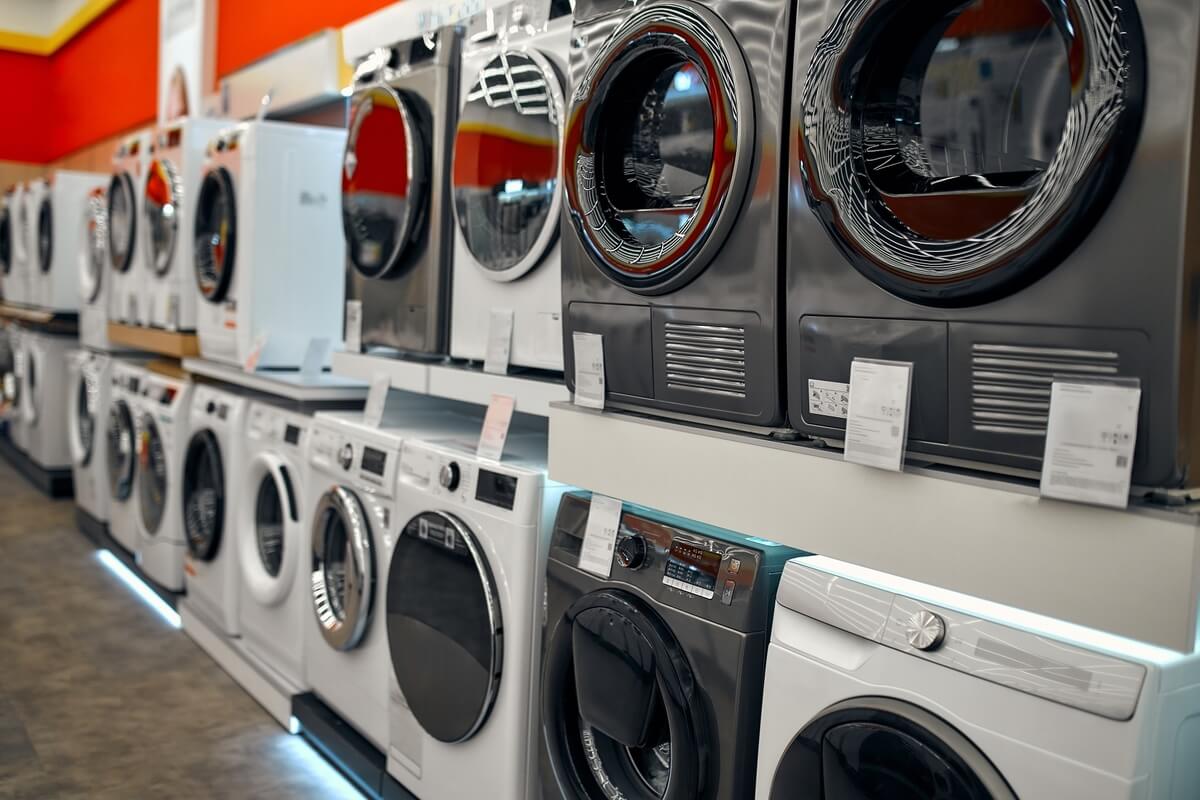
Non-fungible tokens (NFTs) data aggregator CryptoSlam has identified more than USD 8.3bn worth of wash trading on LooksRare, a new NFT marketplace. Subtracting this volume, it turns out that major NFT marketplace OpenSea is still the dominant player in the field.
As per data by Dune Analytics, LooksRare has exceeded USD 10.9 bn in trading volume since its official launch on January 10. During the same span of time, OpenSea has recorded a volume of USD 3.9bn.
Notably, at the time of writing, LooksRare has 25,220 users while OpenSea has 447,442.
However, subtracting the USD 8.3bn in reported wash-trades, LooksRare’s real trading volume is around USD 2.6bn.
Launched as a “community-first” NFT marketplace, LooksRare received a warm welcome from NFT traders — at least it appeared so. In fact, in an attempt to bolster its position as a popular trading platform, it tried a so-called “vampire attack” on OpenSea, which is a term in decentralized finance (DeFi) suggesting that a competitor aims to entice users by offering superior incentives.
To lure OpenSea traders, LooksRare decided to airdrop LOOKS tokens to anyone with a combined ETH 3 trading volume or more on OpenSea over a six-month period between June and December 2021), according to LooksRare Docs.
The marketplace, which also has a better fee structure compared to rival OpenSea, claims that “100% of LooksRare’s trading fees are redistributed proportionally to LOOKS stakers.” It also offers token rewards for users who buy and sell NFTs on the site, which appears to have resulted in an aggressive amount of wash-trades.
Notably, per CryptoSlam, most of the wash trading comes from royalty-free NFT projects that don’t take a cut of the trades in secondary marketplaces. One such project, Larva Labs’ Meebits, a collection of 20,000 3D voxel characters, has amassed the most wash trading at USD 4.4bn.
Following Meebits, Terraforms by Mathcastles has seen over USD 2.9bn worth of wash trading. Loot, CryptoPhunks, and other smaller NFT collections on LooksRare have seen USD 705m, USD 251m, and USD 62m worth of wash trading, respectively.
Cryptonews.com has reached out to LooksRare for comment.
CryptoSlam noted that they have written an algorithm to detect suspicious transactions, flag them, and even filter them out of certain places on CryptoSlam.
“We think that we are catching ~99% of wash sales as of right now, but we’ve found a few cases where we’ve missed what appear to be wash sales after some manual review. We’ll continue working to improve this algorithm as time goes on,” CryptoSlam said.
Meanwhile, according to OpenSea, the large majority of the NFTs created for free on its platform are either spam or plagiarized.
On Thursday, the company announced that it would limit how many times a user could mint an NFT for free on the platform using its tools to 50. Soon after, OpenSea said that it would remove the limit, stating that the free minting tool is being used almost exclusively for the purposes of fraud or spam.
“We originally built our shared storefront contract to make it easy for creators to onboard into the space,” OpenSea said on January 28. “However, we’ve recently seen misuse of this feature increase exponentially. Over 80% of the items created with this tool were plagiarized works, fake collections, and spam.”
____
Learn more:
– LooksRare Outperforms OpenSea NFT Volume with 20x Fewer Users
– OpenSea Sees Massive Volume, Collections Gain Popularity as NFTs Boom in 2022
– OpenSea Denies Hack and Bug Allegations, Claims Issue is Related to UI
– NFT Infrastructure Moves: OpenSea Acquires Dharma, Coinbase Partners With Mastercard
– NFTs in 2022: From Word of the Year to Mainstream Adoption & New Use Cases
– OpenSea Sees Massive Volume, Collections Gain Popularity as NFTs Boom in 2022
This article first appeared at Cryptonews